Finding the cheapest holiday trip may seem very difficult. Last summer, I found myself staring at a cross-country flight quote that made my credit card weep—$847 for a basic economy seat that wouldn’t even let me choose where to sit. That’s when I realized something most Americans forget: there are brilliant ways to traverse this massive country without requiring a second mortgage.
After three years of crisscrossing the States on everything from sketchy overnight buses to surprisingly luxurious train sleepers, I’ve cracked the code on budget travel that doesn’t involve sleeping in airport terminals or surviving solely on gas station hot dogs (though I’ve done both, and honestly, the hot dogs weren’t terrible).
Why Budget Travel Across America Actually Makes Perfect Sense
Here’s the thing about domestic travel that nobody talks about: America is absurdly expensive to fly around, but it’s also one of the most diverse countries on the planet. You can experience desert sunrises in Arizona, catch Broadway shows in New York, surf in California, and eat authentic barbecue in Kansas City—all without leaving your home country or dealing with international roaming charges.
The secret isn’t just finding cheap flights (though we’ll get to that). It’s understanding that slow travel often beats fast travel, both financially and experientially. Some of my best travel memories happened because I took the scenic route.
The Transportation Tier List: From Genius to “Never Again”
Tier 1: The Megabus Miracle (And Other Bus Adventures)
I’ll be honest—I was a bus snob until I rode Megabus from Chicago to New York for $23. Twenty-three dollars. That’s less than most people spend on lunch.
FlixBus and Megabus operate extensive networks with prices that make airline executives cry. I’ve scored tickets for as low as $1 (plus booking fees, because nothing’s ever truly free). The Wi-Fi actually works, there are power outlets, and the bathrooms are cleaner than most gas stations.
Pro tip: Book Tuesday-Thursday travel dates, and always check both directions—sometimes it’s cheaper to buy two one-way tickets than a round-trip.
Greyhound remains the OG of budget travel, though their stations sometimes feel like set pieces from a gritty indie film. Still, they go literally everywhere, including tiny towns that airlines have never heard of.
Budget range: $15-80 for cross-country routes
Tier 2: Amtrak’s Hidden Charm
Before you roll your eyes about train travel being slow, hear me out. Amtrak’s California Zephyr from Chicago to San Francisco is basically a moving hotel with views that make Instagram photographers weep with joy. You wake up in Colorado mountains, eat dinner crossing Nevada desert, and arrive refreshed instead of jet-lagged.
Coach seats are surprisingly comfortable (way better than economy flights), and there’s a cafe car where you can actually walk around. The Southwest Chief from Chicago to Los Angeles offers similar magic at prices that hover around $150-300 for cross-country trips.
Insider hack: Book 2-3 months ahead for the best deals, and consider breaking up long journeys with stopovers in cool cities.
Budget range: $100-350 for long-distance routes
Tier 3: The Strategic Flight Game
Sometimes you need to fly, and that’s okay. The trick is gaming the system like a pro.
Southwest Airlines remains the MVP of domestic budget travel—no change fees, two free bags, and their flash sales can get you cross-country for under $200. Set up fare alerts and be flexible with dates.
Frontier and Spirit get bad reputations, but if you pack light and don’t need frills, a $79 flight from Denver to Orlando beats everything else on speed.
Tuesday 3 PM rule: Book flights on Tuesday around 3 PM for traditionally better deals, though honestly, the algorithms are getting too smart for this to be foolproof anymore.
Budget range: $80-300 for cross-country flights
Tier 4: The Road Trip Renaissance
Here’s where math gets interesting. A road trip for two people can cost the same as one plane ticket, but you get the freedom to stop at roadside attractions that make America gloriously weird.
Car rental hacks:
- Costco Travel often beats other booking sites
- Priceline bidding still works for rentals
- Consider one-way rentals during peak moving seasons (they need cars relocated)
- Turo peer-to-peer rentals sometimes offer better deals than traditional companies
Gas and accommodation costs vary wildly, but splitting expenses with travel buddies makes road trips incredibly affordable.
Budget range: $200-600 total for cross-country road trips (excluding accommodation)
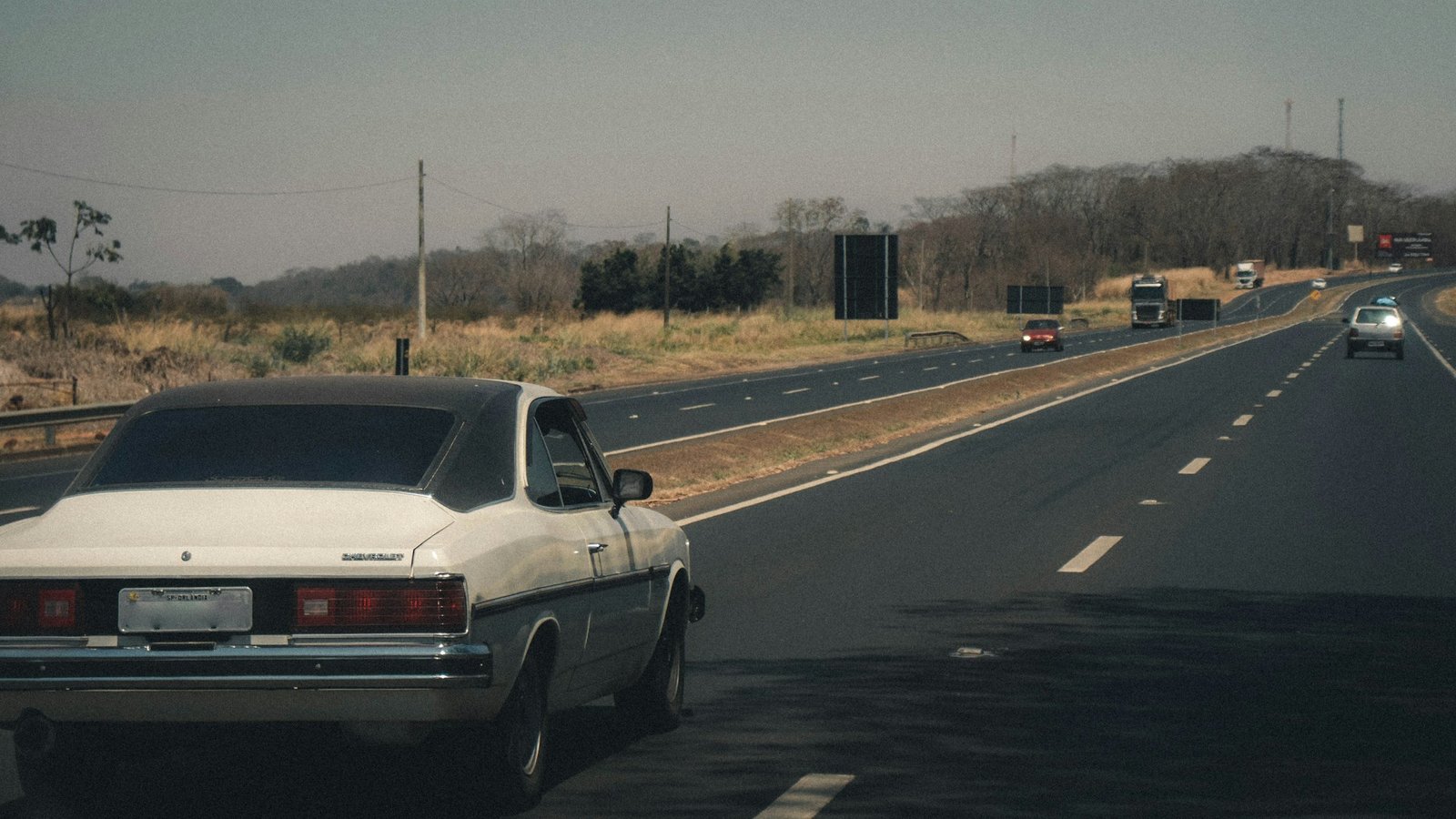
Accommodation Wizardry: Where to Sleep Without Going Broke
The Hostel Renaissance
American hostels aren’t just for European backpackers anymore. Cities like San Francisco, New York, Chicago, and Boston have genuinely cool hostels with private rooms, social atmospheres, and kitchens where you can cook your own meals.
HI Hostels (Hostelling International) maintains consistent quality standards, while independent hostels often have more personality. Expect $25-60 per night in dorm beds, $60-120 for private rooms.
The Airbnb Sweet Spot
Entire apartments in secondary cities often cost less than hotel rooms in major metros. I’ve stayed in gorgeous lofts in Detroit for $45/night and historic homes in Savannah for $65/night. The key is looking slightly outside major tourist zones.
Pro strategy: Book places with kitchens. Cooking even half your meals saves massive money, especially in expensive cities like San Francisco or Boston.
The Hotel Hack Nobody Talks About
Hotwire and Priceline “mystery hotels” still work brilliantly for budget travelers. You won’t know the exact hotel until after booking, but you’ll know the star rating and general area. I’ve landed 4-star hotels in downtown areas for 3-star prices countless times.
Hotel Tonight app offers last-minute deals that can be spectacular or mediocre—it’s basically gambling with accommodation, which adds excitement to the trip.
Regional Budget Travel Strategies That Actually Work
The Southwest Circle
Las Vegas serves as an incredible budget hub. Cheap flights from everywhere, affordable hotels (especially weekdays), and you can road trip to Grand Canyon, Zion, Bryce Canyon, and Death Valley from there. Vegas hotels practically give away midweek rooms to fill casino seats.
The Northeast Corridor Express
The Megabus route from Boston to Washington DC hits every major Northeast city for peanuts. You can experience Boston’s history, New York’s energy, Philadelphia’s cheesesteaks, and DC’s museums in one affordable sweep.
The Pacific Coast Adventure
California’s train system is underrated. The Pacific Surfliner from San Diego to Los Angeles runs right along the beach (seriously, you can see surfers from your window), and continues north to San Francisco via Amtrak’s Coast Starlight—one of the world’s most scenic train routes.
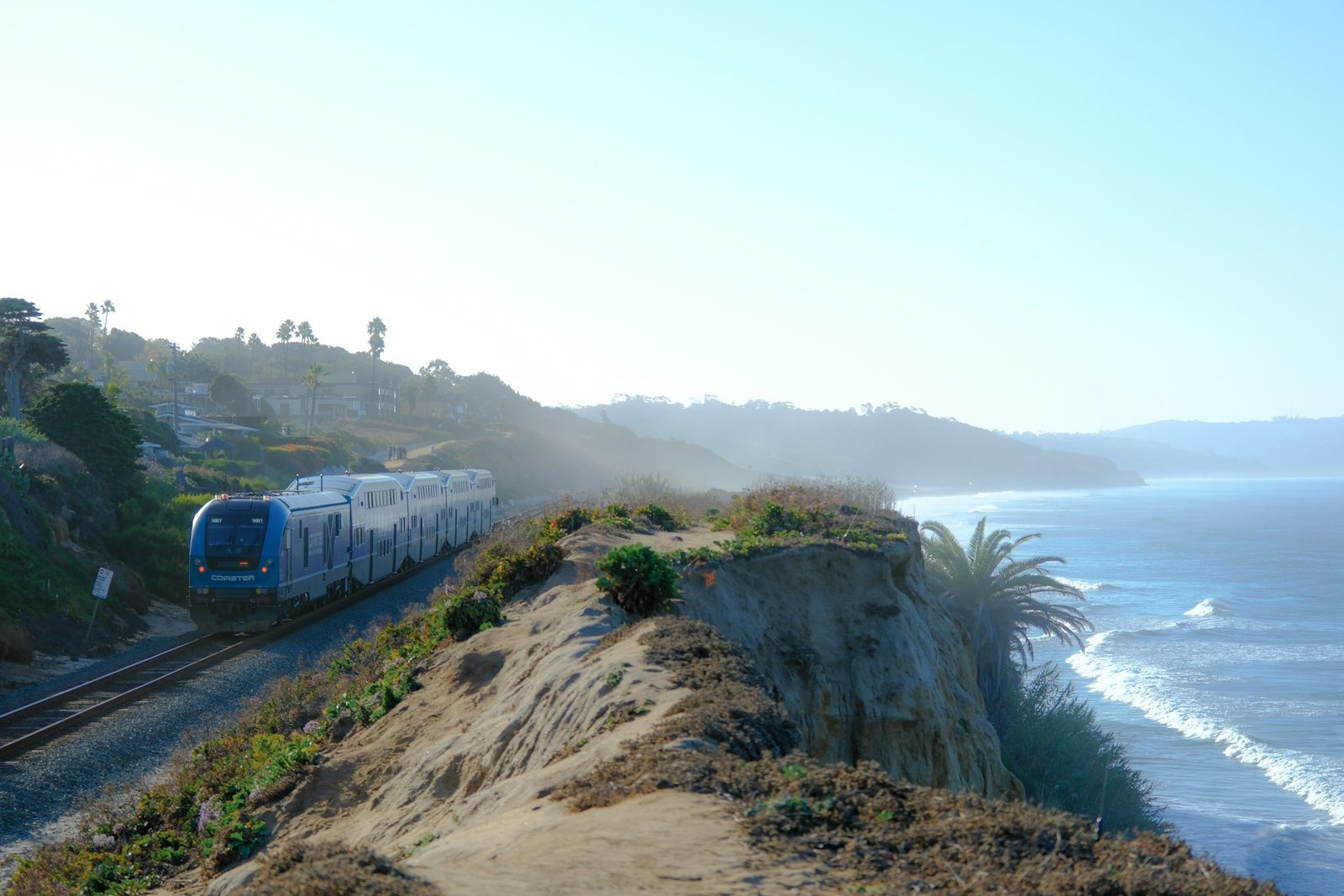
The Food Budget Reality Check
Restaurant costs can destroy travel budgets faster than expensive hotels. Here’s how to eat well without bankruptcy:
Grocery stores are your friend: Trader Joe’s, Whole Foods (Amazon Prime members get discounts), and local chains offer prepared foods that beat restaurant prices. A $12 prepared meal from Whole Foods often rivals $25 restaurant dishes.
Food trucks and local markets: Portland’s food truck pods, Austin’s trailer culture, and farmers markets everywhere offer authentic local food at reasonable prices.
Happy hour strategies: Many restaurants offer half-price appetizers and drinks during happy hour. In expensive cities like San Francisco or Boston, this transforms dining from prohibitive to reasonable.
Technology Tools That Save Serious Money
Apps That Actually Work
GasBuddy: Essential for road trips. Shows real-time gas prices and can save $20-30 on cross-country drives.
PackPoint: Prevents overpacking, which saves baggage fees on budget airlines.
Rome2Rio: Compares every transportation option between cities—sometimes reveals surprising alternatives.
Hopper: Flight prediction app that’s genuinely accurate about when to buy tickets.
The Credit Card Game (If You’re Responsible)
Travel credit cards can accelerate budget travel if used wisely. Chase Sapphire Preferred and Capital One Venture offer sign-up bonuses worth $500-700 in travel value. The key is paying them off completely every month—interest charges negate any travel benefits instantly.
Seasonal Timing That Makes or Breaks Budgets
Shoulder seasons (April-May, September-October) offer the perfect balance of good weather and lower prices. Summer prices in popular destinations can double accommodation costs.
Regional timing matters: Visit Florida in late spring before hurricane season, explore New England in early fall after summer crowds leave, and hit Southwest destinations in winter when temperatures become reasonable.
Holiday travel planning: Book holiday travel in August for Thanksgiving/Christmas. Yes, it’s early, but procrastination costs hundreds of dollars.
The Safety Net: Emergency Budget Travel Tips
Sometimes plans explode spectacularly. Here’s your backup playbook:
Last-minute accommodation: HotelTonight, Booking.com mobile app deals, and calling hotels directly can yield same-day discounts.
Transportation emergencies: Greyhound almost always has seats available, even when flights are sold out. It’s slower but reliable.
Food emergencies: 7-Eleven, Wawa, and similar chains offer surprisingly decent prepared food options nationwide.
Insert image: Emergency travel kit essentials
My Biggest Budget Travel Mistake (And How You Can Avoid It)
Three years ago, I booked a “cheap” flight to Portland that required connections in Atlanta and Denver. The total travel time? Fourteen hours for what should’ve been a five-hour journey. Factor in airport food, parking fees, and the sheer misery of multiple layovers, and I would’ve saved money and sanity taking a direct train.
Lesson learned: Sometimes the cheapest option isn’t actually cheapest when you calculate time, stress, and hidden costs. Budget travel should enhance experiences, not destroy them.
Building Your Perfect Budget Travel Strategy
Start with your destination priorities. Are you chasing specific experiences (music in Austin, art in Santa Fe) or just want to see as much as possible? This determines whether slow travel or fast travel makes sense.
Create a rough budget that allocates money realistically:
- Transportation: 35-45% of budget
- Accommodation: 25-35% of budget
- Food: 20-25% of budget
- Activities/misc: 10-15% of budget
Flexibility is your superpower. The cheapest travel happens when you can adjust dates, routes, and accommodations based on deals. Rigid planning costs money.
Top Budget Travel Tools and Recommendations
Transportation Booking Sites
- Megabus (megabus.com) – Ultra-cheap bus travel with decent amenities
- FlixBus (flixbus.com) – European-style bus comfort at American budget prices
- Amtrak (amtrak.com) – Scenic train travel with surprising comfort
- Southwest Airlines (southwest.com) – No-frills flights with generous policies
- Rome2Rio (rome2rio.com) – Compares all transportation options between cities
Accommodation Platforms
- Hostelworld (hostelworld.com) – Global hostel booking with honest reviews
- Airbnb (airbnb.com) – Private rooms and apartments, especially good for longer stays
- Booking.com (booking.com) – Last-minute hotel deals via mobile app
- HotelTonight (hoteltonight.com) – Same-day hotel discounts in major cities
- Hotwire (hotwire.com) – Mystery hotel bookings at discount prices
Money-Saving Apps
- GasBuddy (gasbuddy.com) – Real-time gas prices for road trips
- Hopper (hopper.com) – Flight price predictions and booking
- PackPoint (packpnt.com) – Prevents overpacking and baggage fees
- Groupon (groupon.com) – Activity discounts in destination cities
Food and Dining
- Yelp – Find cheap eats and happy hour deals
- OpenTable – Restaurant reservations with occasional dining rewards
- Too Good To Go – Discounted surplus food from restaurants
Car Rentals and Rideshares
- Costco Travel (costcotravel.com) – Often beats other rental car sites
- Turo (turo.com) – Peer-to-peer car rentals, sometimes cheaper than traditional rentals
- Priceline (priceline.com) – Bidding on rental cars still works
- Enterprise (enterprise.com) – Weekend specials and one-way rental deals
Budget travel across America isn’t about deprivation—it’s about creativity, flexibility, and knowing where to look for deals. The country is massive, diverse, and surprisingly affordable when you know the tricks.
Start planning your next adventure by choosing one new transportation method you’ve never tried. Whether it’s an overnight bus to a nearby city or a scenic train route you’ve always wondered about, the best travel education comes from actually traveling.
The open road (or rails, or surprisingly comfortable bus seats) is waiting. Your wallet will thank you, and your Instagram followers will wonder how you’re living such an interesting life on what appears to be zero budget.
Adventure doesn’t require a trust fund—just a willingness to think differently about how you get from point A to point B.
Frequently Asked Questions
Q: What’s the absolute cheapest way to travel across the United States? A: Megabus and FlixBus offer the lowest prices, with cross-country routes starting around $50-80. However, factor in time and comfort when making decisions.
Q: How much should I budget for a cross-country road trip? A: For two people sharing expenses, budget $800-1,200 total including gas, budget accommodation, and food. Solo travelers should budget $600-900.
Q: Are overnight buses safe and comfortable for long-distance travel? A: Modern bus companies like Megabus and FlixBus have significantly improved safety and comfort. Seats recline, there’s Wi-Fi, and bathrooms are regularly maintained.
Q: When is the cheapest time to travel domestically in the US? A: January-March and September-November offer the best deals, avoiding summer peak season and major holidays.
Q: How far in advance should I book budget travel? A: For buses and trains, 2-4 weeks ahead offers good deals. For flights, 6-8 weeks ahead is typically optimal, though flash sales can happen anytime.
Q: What’s the best way to find cheap accommodation across the US? A: Hostels in major cities, Airbnb in smaller towns, and hotel booking apps for last-minute deals. Always compare prices across platforms.
Q: Can I travel cross-country for under $500 total? A: Yes, using bus transportation, hostel accommodation, and cooking your own meals. It requires flexibility and planning but is definitely achievable.
Q: Are budget airlines worth it for domestic US travel? A: Frontier and Spirit can be great deals if you pack light and don’t need extras. Southwest offers better service at slightly higher prices.
Q: How do I avoid hidden fees when booking budget travel? A: Read all terms carefully, especially for budget airlines and car rentals. Factor in baggage fees, seat selection costs, and insurance options.
Q: What’s the most scenic budget travel option across America? A: Amtrak’s California Zephyr and Coast Starlight routes offer incredible scenery at reasonable prices, especially in coach seating.
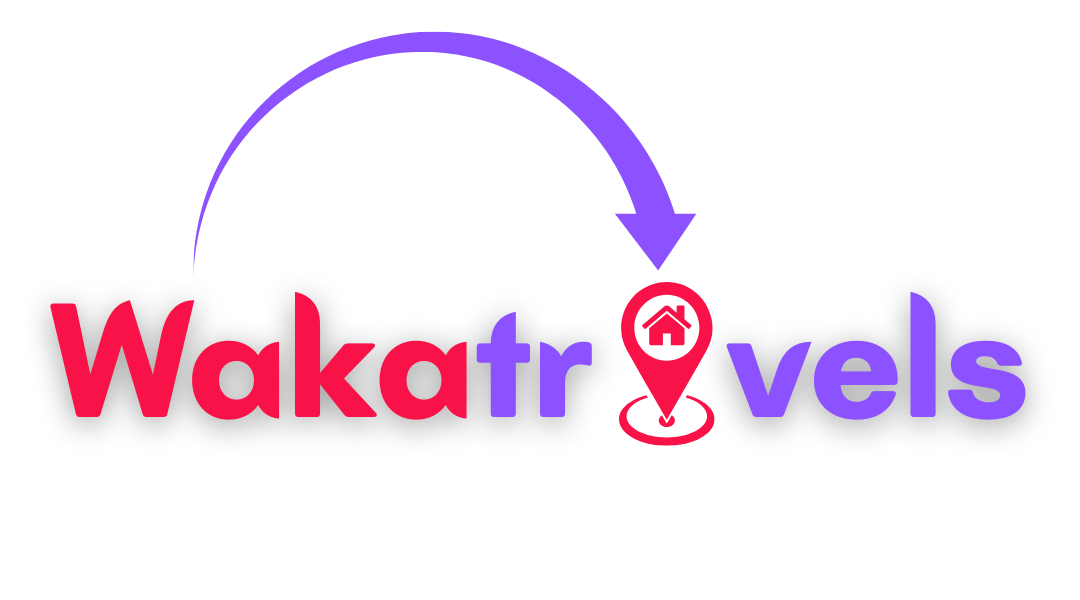


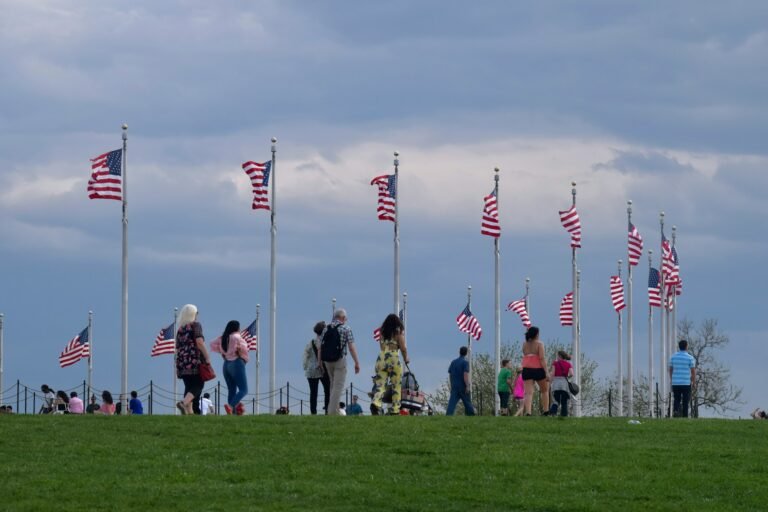
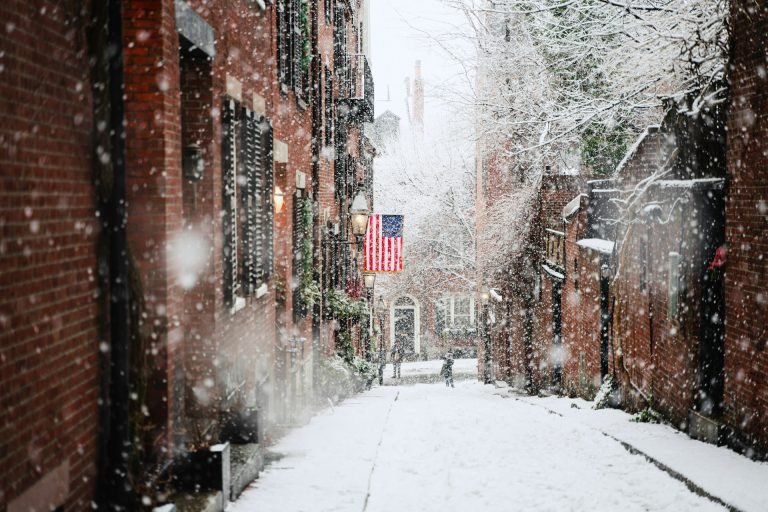

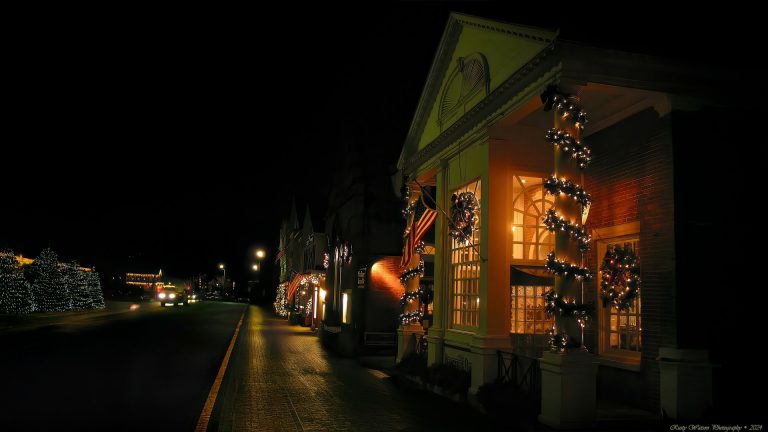
travel planning happens across multiple platforms, and GetYourGuide plays nicely with the rest of your digital travel toolkit.
Very nice post. I just stumbled upon your weblog and wished to say that I’ve truly enjoyed surfing around your blog posts. After all I will be subscribing to your feed and I hope you write again very soon!
Nice answers in return of this matter with firm arguments and telling everything concerning that. www.kayswell.com
Hello, I enjoy reading through your article. I wanted to write a little comment to support you.
Thank you so much
Its like you read my mind! You appear to know so much about this, like you wrote the book in it or something.
I’ve been surfing online more than 3 hours today, yet I never found any interesting article like yours. It’s pretty worth enough for me. Personally, if all webmasters and bloggers made good content as you did, the web will be much more useful than ever before.
Hi! I know this is kinda off topic but I was wondering if you knew where I could find a captcha plugin for my comment form? I’m using the same blog platform as yours and I’m having difficulty finding one? Thanks a lot!
My spouse and i ended up being now peaceful that Louis could conclude his survey through your ideas he received in your web page. It’s not at all simplistic to simply possibly be giving out points that many some others may have been making money from. Therefore we acknowledge we need the writer to give thanks to because of that. These illustrations you have made, the simple site navigation, the friendships your site aid to create – it is all extraordinary, and it’s really aiding our son in addition to the family reason why that situation is satisfying, and that’s incredibly serious. Thanks for the whole lot!
I enjoy you because of all your hard work on this blog. Ellie enjoys participating in research and it’s easy to understand why. A lot of people hear all of the dynamic means you convey very important tips and hints through the web blog and therefore improve participation from the others on the idea so my princess is always learning so much. Enjoy the remaining portion of the year. You are carrying out a useful job.